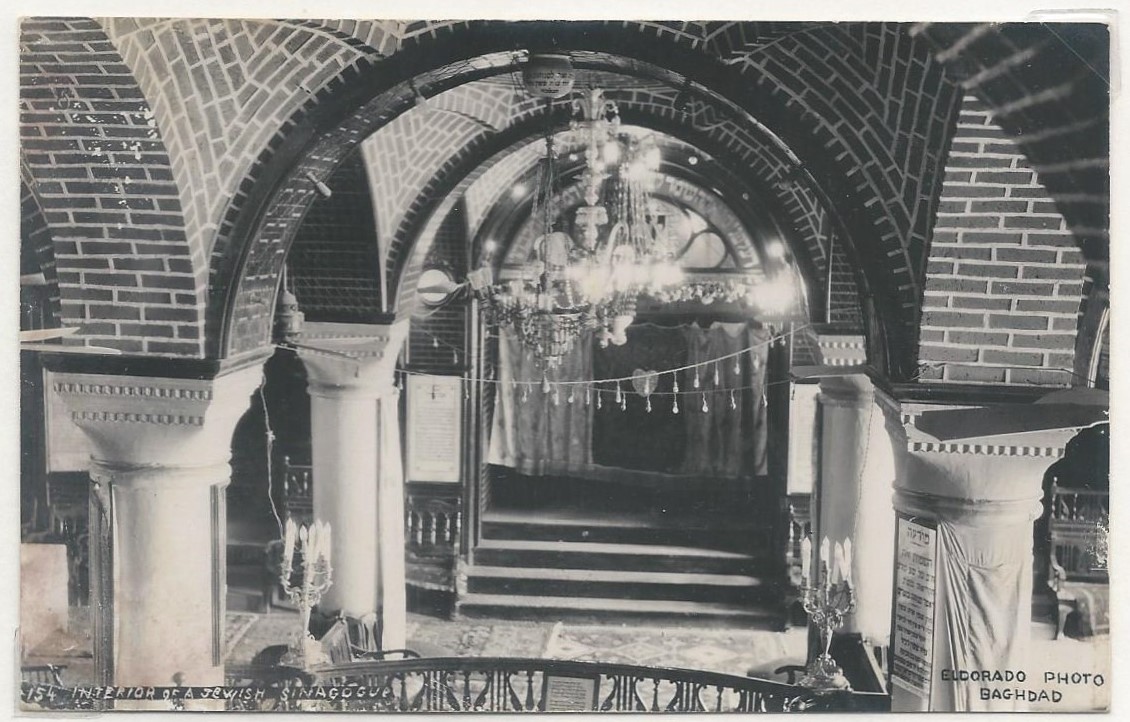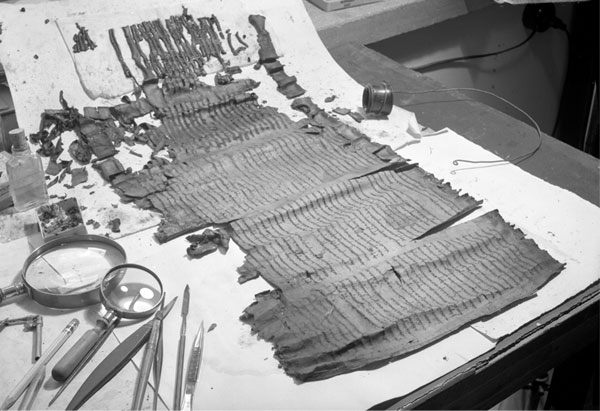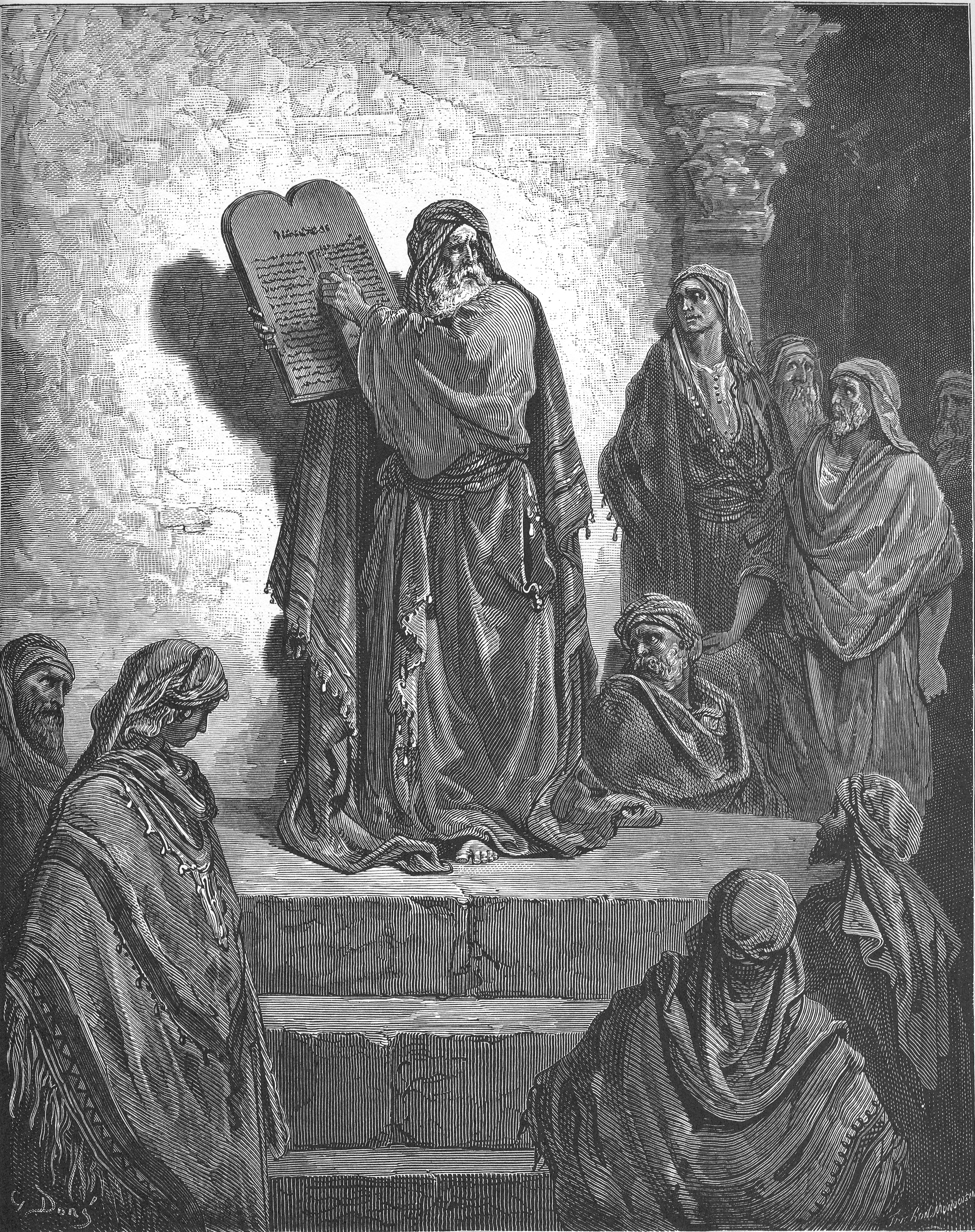|
Babylonian Jew
The history of the Jews in Iraq ( he, יְהוּדִים בָּבְלִים, ', ; ar, اليهود العراقيون, ) is documented from the time of the Babylonian captivity c. 586 BC. Iraqi Jews constitute one of the world's oldest and most historically significant Jewish communities. The Jewish community of what is termed in Jewish sources "Babylon" or "Babylonia" included Ezra the scribe, whose return to Judea in the late 6th century BCE is associated with significant changes in Jewish ritual observance and the rebuilding of the Temple in Jerusalem. The Babylonian Talmud was compiled in "Babylonia", identified with modern Iraq. From the biblical Babylonian period to the rise of the Islamic caliphate, the Jewish community of "Babylon" thrived as the center of Jewish learning. The Mongol invasion and Islamic discrimination in the Middle Ages led to its decline. Under the Ottoman Empire, the Jews of Iraq fared better. The community established modern schools in the second ... [...More Info...] [...Related Items...] OR: [Wikipedia] [Google] [Baidu] |
Sassoon Eskell
Sir Sassoon Eskell, Order of the British Empire, KBE (17 March 1860 – 31 August 1932) was an Iraqi statesman and financier. Also known as Sassoon Effendi (from Turkish Efendi, a title meaning Lord), he was regarded in Iraq as the Father of Parliament. Sir Sassoon (Arabic: ساسون حسقيل or ساسون حزقيال) was the first Ministry of Finance (Iraq), Minister of Finance in the Kingdom and a permanent Member of Parliament until his death. Along with Gertrude Bell and T. E. Lawrence, he was instrumental in the creation and the establishment of the Kingdom of Iraq post Ottoman Empire, Ottoman rule, and he founded the nascent Iraqi government’s laws and financial structure. He was knighted by George V of the United Kingdom, King George V in 1923. King Faisal I conferred on him the Civil Rafidain Medal Grade II, the Shahinshah awarded him the Order of the Lion and the Sun, Shir-o-khorshi medal and the Ottoman Empire decorated him with the Al-Moutamayez Medal. Early ... [...More Info...] [...Related Items...] OR: [Wikipedia] [Google] [Baidu] |
Mandaeans
Mandaeans ( ar, المندائيون ), also known as Mandaean Sabians ( ) or simply as Sabians ( ), are an ethnoreligious group who are followers of Mandaeism. They believe that John the Baptist was the final and most important prophet. They may have been among the earliest religious groups to practice baptism, as well as among the earliest adherents of Gnosticism, a belief system of which they are the last surviving representatives today. The Mandaeans were originally native speakers of Mandaic, an Eastern Aramaic language, before they nearly all switched to Iraqi Arabic or Persian as their main language. After the invasion of Iraq by the United States and its allies in 2003, the Mandaean community of Iraq, which before the war numbered 60,000-70,000 persons, collapsed due to the rise of Islamic extremism and the absence of protection against it; with most of the community relocating to Iran, Syria and Jordan, or forming diaspora communities beyond the Middle East. Mandea ... [...More Info...] [...Related Items...] OR: [Wikipedia] [Google] [Baidu] |
Islamic Caliphate
A caliphate or khilāfah ( ar, خِلَافَة, ) is an institution or public office under the leadership of an Islamic steward with the title of caliph (; ar, خَلِيفَة , ), a person considered a political-religious successor to the Islamic prophet Muhammad and a leader of the entire Muslim world (ummah). Historically, the caliphates were polities based on Islam which developed into multi-ethnic trans-national empires. During the medieval period, three major caliphates succeeded each other: the Rashidun Caliphate (632–661), the Umayyad Caliphate (661–750), and the Abbasid Caliphate (750–1258). In the fourth major caliphate, the Ottoman Caliphate, the rulers of the Ottoman Empire claimed caliphal authority from 1517. Throughout the history of Islam, a few other Muslim states, almost all hereditary monarchies such as the Mamluk Sultanate (Cairo) and Ayyubid Caliphate, have claimed to be caliphates. The first caliphate, the Rashidun Caliphate, was established in ... [...More Info...] [...Related Items...] OR: [Wikipedia] [Google] [Baidu] |
Neo-Babylonian Empire
The Neo-Babylonian Empire or Second Babylonian Empire, historically known as the Chaldean Empire, was the last polity ruled by monarchs native to Mesopotamia. Beginning with the coronation of Nabopolassar as the List of kings of Babylon, King of Babylon in 626 BC and being firmly established through the fall of the Neo-Assyrian Empire in 612 BC, the Neo-Babylonian Empire was conquered by the Achaemenid Empire, Achaemenid Persian Empire in 539 BC, marking the collapse of the Chaldean dynasty less than a century after its founding. The defeat of the Neo-Assyrian Empire and subsequent transfer of power to Babylon marked the first time that the city, and Lower Mesopotamia, southern Mesopotamia in general, had risen to dominate the ancient Near East since the collapse of the Old Babylonian Empire (under Hammurabi) nearly a thousand years earlier. The period of Neo-Babylonian rule thus saw unprecedented economic and population growth throughout Babylonia, as well as a renaissance of cult ... [...More Info...] [...Related Items...] OR: [Wikipedia] [Google] [Baidu] |
Hebrew Bible
The Hebrew Bible or Tanakh (;"Tanach" ''Random House Webster's Unabridged Dictionary''. Hebrew: ''Tānāḵh''), also known in Hebrew as Miqra (; Hebrew: ''Mīqrā''), is the Biblical canon, canonical collection of Hebrew language, Hebrew scriptures, including the Torah, the Nevi'im, and the Ketuvim. Different branches of Judaism and Samaritanism have maintained different versions of the canon, including the 3rd-century Septuagint text used by Second-Temple Judaism, the Syriac language Peshitta, the Samaritan Torah, the Dead Sea Scrolls, and most recently the 10th century medieval Masoretic Text, Masoretic text created by the Masoretes currently used in modern Rabbinic Judaism. The terms "Hebrew Bible" or "Hebrew Canon" are frequently confused with the Masoretic text, however, this is a medieval version and one of several ... [...More Info...] [...Related Items...] OR: [Wikipedia] [Google] [Baidu] |
Babylonia
Babylonia (; Akkadian: , ''māt Akkadī'') was an ancient Akkadian-speaking state and cultural area based in the city of Babylon in central-southern Mesopotamia (present-day Iraq and parts of Syria). It emerged as an Amorite-ruled state c. 1894 BCE. During the reign of Hammurabi and afterwards, Babylonia was called "the country of Akkad" (''Māt Akkadī'' in Akkadian), a deliberate archaism in reference to the previous glory of the Akkadian Empire. It was often involved in rivalry with the older state of Assyria to the north and Elam to the east in Ancient Iran. Babylonia briefly became the major power in the region after Hammurabi ( fl. c. 1792–1752 BCE middle chronology, or c. 1696–1654 BCE, short chronology) created a short-lived empire, succeeding the earlier Akkadian Empire, Third Dynasty of Ur, and Old Assyrian Empire. The Babylonian Empire rapidly fell apart after the death of Hammurabi and reverted to a small kingdom. Like Assyria, the Babylonian state retained ... [...More Info...] [...Related Items...] OR: [Wikipedia] [Google] [Baidu] |
Babylonian Talmud
The Talmud (; he, , Talmūḏ) is the central text of Rabbinic Judaism and the primary source of Jewish religious law (''halakha'') and Jewish theology. Until the advent of modernity, in nearly all Jewish communities, the Talmud was the centerpiece of Jewish cultural life and was foundational to "all Jewish thought and aspirations", serving also as "the guide for the daily life" of Jews. The term ''Talmud'' normally refers to the collection of writings named specifically the Babylonian Talmud (), although there is also an earlier collection known as the Jerusalem Talmud (). It may also traditionally be called (), a Hebrew abbreviation of , or the "six orders" of the Mishnah. The Talmud has two components: the Mishnah (, 200 CE), a written compendium of the Oral Torah; and the Gemara (, 500 CE), an elucidation of the Mishnah and related Tannaitic writings that often ventures onto other subjects and expounds broadly on the Hebrew Bible. The term "Talmud" may refer to eith ... [...More Info...] [...Related Items...] OR: [Wikipedia] [Google] [Baidu] |
Temple In Jerusalem
The Temple in Jerusalem, or alternatively the Holy Temple (; , ), refers to the two now-destroyed religious structures that served as the central places of worship for Israelites and Jews on the modern-day Temple Mount in the Old City of Jerusalem. According to the Hebrew Bible, the Solomon's Temple, First Temple was built in the 10th century BCE, during the reign of Solomon over the Kingdom of Israel (united monarchy), United Kingdom of Israel. It stood until , when it was destroyed during the Siege of Jerusalem (587 BC), Babylonian siege of Jerusalem. Almost a century later, the First Temple was replaced by the Second Temple, which was built after the Neo-Babylonian Empire was conquered by the Achaemenid Empire, Achaemenid Persian Empire. While the Second Temple stood for a longer period of time than the First Temple, it was likewise destroyed during the Siege of Jerusalem (70 CE), Roman siege of Jerusalem in 70 CE. Projects to build the hypothetical "Third Temple" have not co ... [...More Info...] [...Related Items...] OR: [Wikipedia] [Google] [Baidu] |
Second Temple
The Second Temple (, , ), later known as Herod's Temple, was the reconstructed Temple in Jerusalem between and 70 CE. It replaced Solomon's Temple, which had been built at the same location in the United Kingdom of Israel before being inherited by the Kingdom of Judah in and then destroyed by the Neo-Babylonian Empire during the Siege of Jerusalem (587 BC), Babylonian siege of Jerusalem in . Construction on the Second Temple began some time after the Neo-Babylonian Empire was conquered by the Achaemenid Empire, Achaemenid Persian Empire; it followed a proclamation by Persian king Cyrus the Great (see Edict of Cyrus) that ended the Babylonian captivity and initiated the return to Zion. In Jewish history, the Second Temple's completion in Yehud (Persian province), Persian Judah marks the beginning of the Second Temple period. According to the Bible, the Second Temple was originally a relatively modest structure built by Jews who had returned from exile in Babylon under the author ... [...More Info...] [...Related Items...] OR: [Wikipedia] [Google] [Baidu] |
Judea
Judea or Judaea ( or ; from he, יהודה, Hebrew language#Modern Hebrew, Standard ''Yəhūda'', Tiberian vocalization, Tiberian ''Yehūḏā''; el, Ἰουδαία, ; la, Iūdaea) is an ancient, historic, Biblical Hebrew, contemporaneous Latin, and the modern-day name of the mountainous southern part of the modern States of State of Palestine, Palestine and Israel. The name originates from the Hebrew name Judah (son of Jacob), Yehudah, a son of the biblical Patriarchs (Bible), patriarch Jacob, Jacob/Israel, with Yehudah's progeny forming the biblical Israelite tribe of Judah (Yehudah) and later the associated Kingdom of Judah. Related nomenclature continued to be used by the Babylonians, Achaemenid Empire, Persian, Hellenistic period, Hellenistic, and Roman Empire, Roman periods as the Yehud (Babylonian province), Babylonian and Yehud (Persian province), Persian Yehud, Hasmonean Kingdom, Hasmonean Kingdom of Judea, and consequently Herodian Kingdom, Herodian and Judea (Rom ... [...More Info...] [...Related Items...] OR: [Wikipedia] [Google] [Baidu] |
Return To Zion
The return to Zion ( he, שִׁיבָת צִיּוֹן or שבי ציון, , ) is an event recorded in Ezra–Nehemiah of the Hebrew Bible, in which the Jews of the Kingdom of Judah—subjugated by the Neo-Babylonian Empire—were freed from the Babylonian captivity following the Persian conquest of Babylon. After their release, the Persian king Cyrus the Great issued a proclamation known as the Edict of Cyrus that enabled the freed Jewish populace, exiled from Judah, to return to Jerusalem and the Land of Judah, which had begun to function as a self-governing Jewish province under the Achaemenid Persian Empire. Babylonian exile The Neo-Babylonian Empire under the rule of Nebuchadnezzar II occupied the Kingdom of Judah between 597–586 BCE. The Babylonian army had destroyed the First Temple in Jerusalem. According to the Hebrew Bible, the king of Judah, Zedekiah, was forced to watch his own two sons being slaughtered, and thereafter, his own eyes were put out and he was exi ... [...More Info...] [...Related Items...] OR: [Wikipedia] [Google] [Baidu] |
Ezra
Ezra (; he, עֶזְרָא, '; fl. 480–440 BCE), also called Ezra the Scribe (, ') and Ezra the Priest in the Book of Ezra, was a Jewish scribe (''sofer'') and priest (''kohen''). In Greco-Latin Ezra is called Esdras ( grc-gre, Ἔσδρας). According to the Hebrew Bible he was a descendant of Sraya, the last High Priest to serve in the First Temple, and a close relative of Joshua, the first High Priest of the Second Temple. He returned from Babylonian exile and reintroduced the Torah in Jerusalem. According to 1 Esdras, a Greek translation of the Book of Ezra still in use in Eastern Orthodoxy, he was also a High Priest. Rabbinic tradition holds that he was an ordinary member of the priesthood. Several traditions have developed over his place of burial. One tradition says that he is buried in al-Uzayr near Basra (Iraq), while another tradition alleges that he is buried in Tadif near Aleppo, in northern Syria. His name may be an abbreviation of ', " Yah helps". In the ... [...More Info...] [...Related Items...] OR: [Wikipedia] [Google] [Baidu] |








